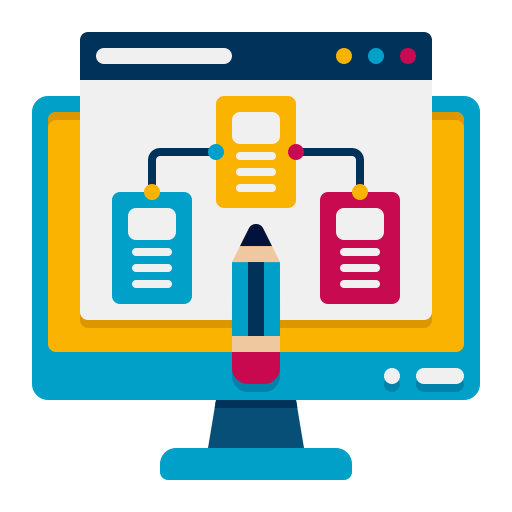Building mobile or web applications typically involves several key steps. While the specific process may vary depending on the project and development approach, here is a general outline of the steps to follow:

Plan and Design
- Create wireframes or mockups to visualize the application’s structure and layout.
- Design the user interface (UI) and user experience (UX) to ensure a seamless and intuitive design.
- Plan the data architecture, considering database structures and data flow.
- Define the technology stack and frameworks to be used.
Testing and Quality Assurance
- Conduct functional testing to ensure all features work as intended.
- Perform user acceptance testing (UAT) to validate the application against user requirements.
- Test for compatibility across different devices, browsers, and operating systems.
- Implement automated testing processes to improve efficiency and ensure reliability.
Deployment
- Prepare the application for deployment by optimizing performance and addressing any security concerns.
- Set up hosting environment or app stores for mobile applications.
- Configure and deploy the application to the chosen hosting platform or app store.
- Perform final checks to ensure the application is functioning correctly in the live environment.
Post-Launch Activities
- Monitor and analyze the application’s performance and user behavior using analytics tools.
- Collect user feedback and address any reported issues or bugs.
- Plan for regular updates and maintenance to enhance the application’s features and security.
- Consider incorporating user feedback and market trends for future iterations.
Throughout the development process, effective communication and collaboration among the development team, stakeholders, and users are essential. Agile development methodologies, such as Scrum or Kanban, can be employed to ensure iterative development, frequent feedback, and continuous improvement.
It’s important to note that building mobile and web applications is a complex and dynamic process, and the steps may overlap or require iteration based on project requirements and changes. Flexibility, adaptability, and ongoing communication are key to successful application development.








